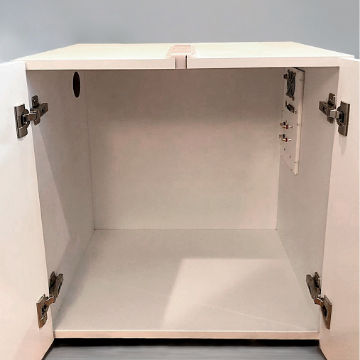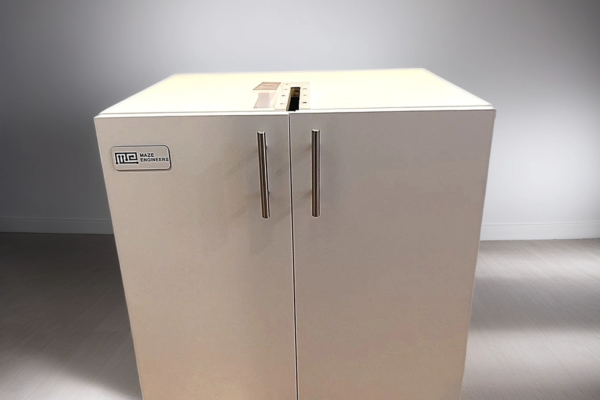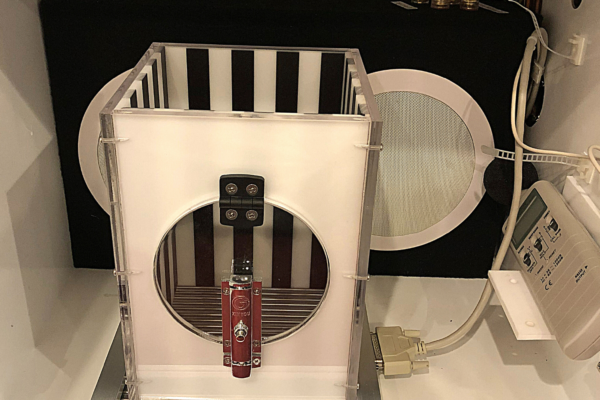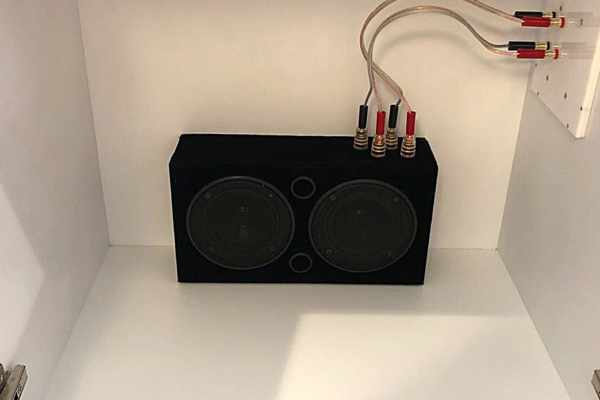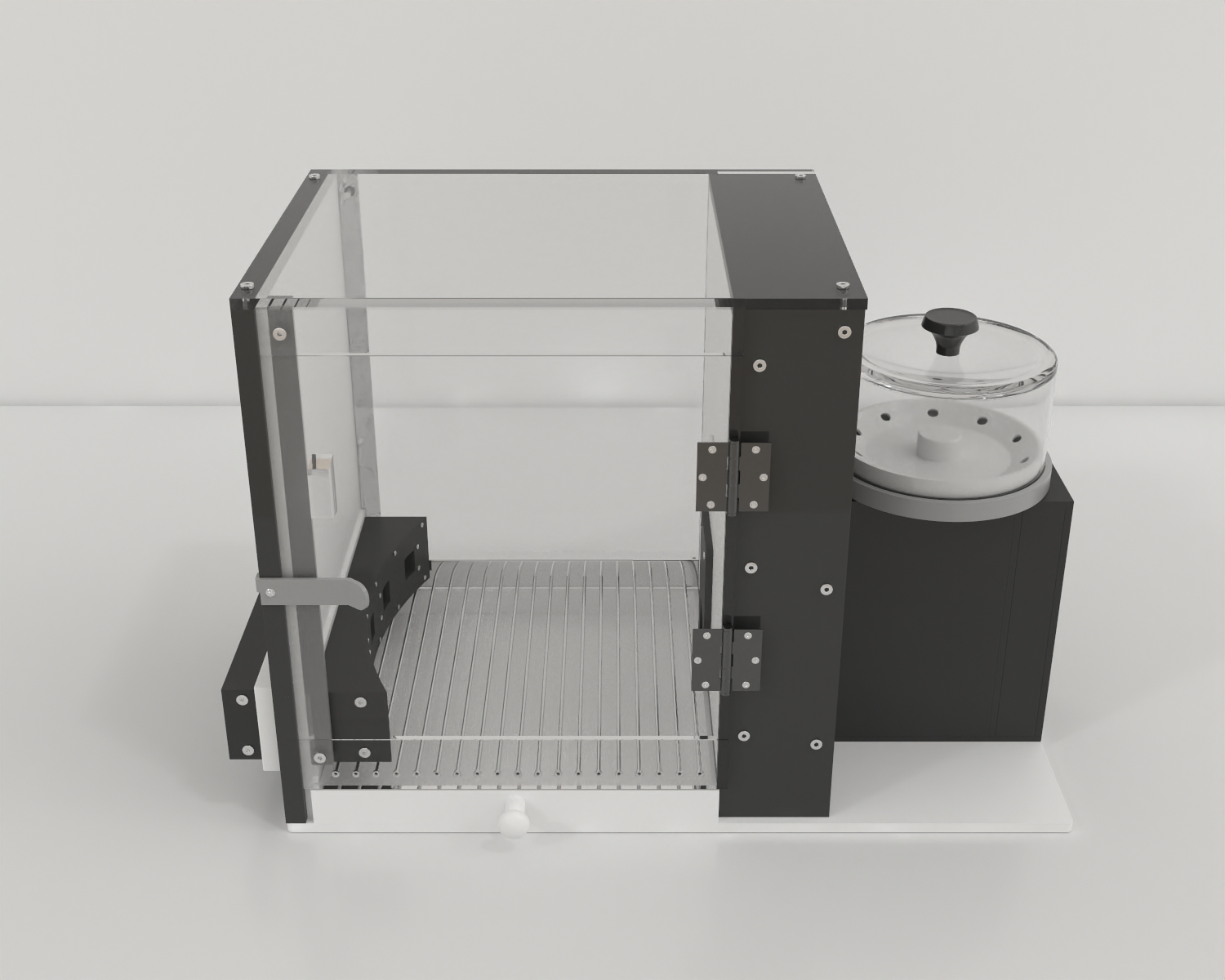The Sound Attenuating Chamber is an isolation chamber that provides a controlled environment for sound, electromagnetic interference, and light. It is utilized for various conditioning experiments. It can also be used to study the effect of audiogenic stress on rodent behavior and bodily functions.
The Sound Attenuating Chamber can be utilized for several conditioning experiments since it can be optionally equipped with levers, nose poke apertures, a speaker, a shock grid (optional), and a food pellet dispenser for reinforcement. The chamber keeps external environmental noise from the laboratory out, which can distract or affect the animal’s performance during experiments, and eliminates the need for operant conditioning chamber.
MazeEngineers offers the Sound Attenuating Chamber.

